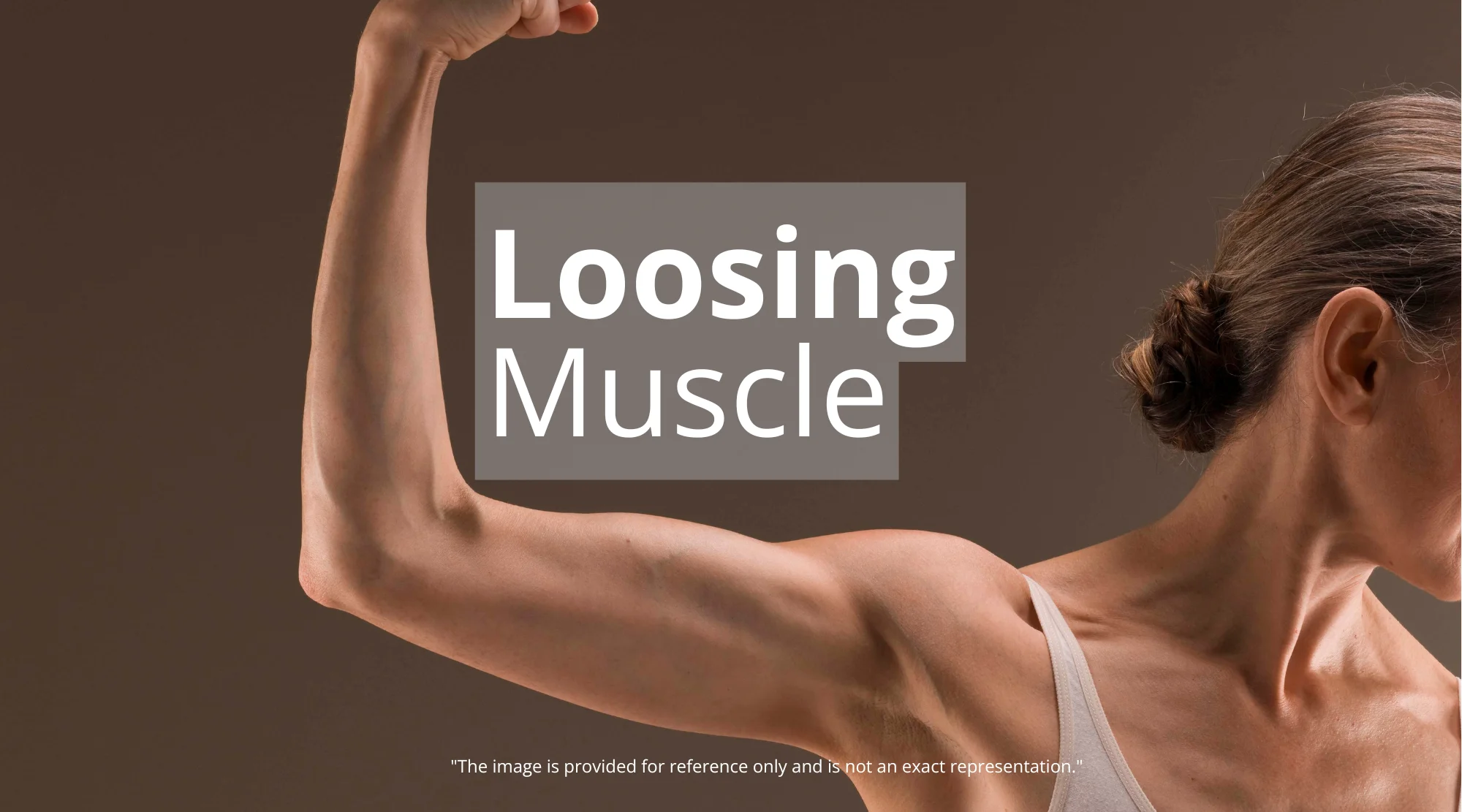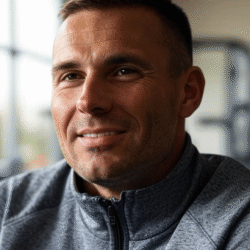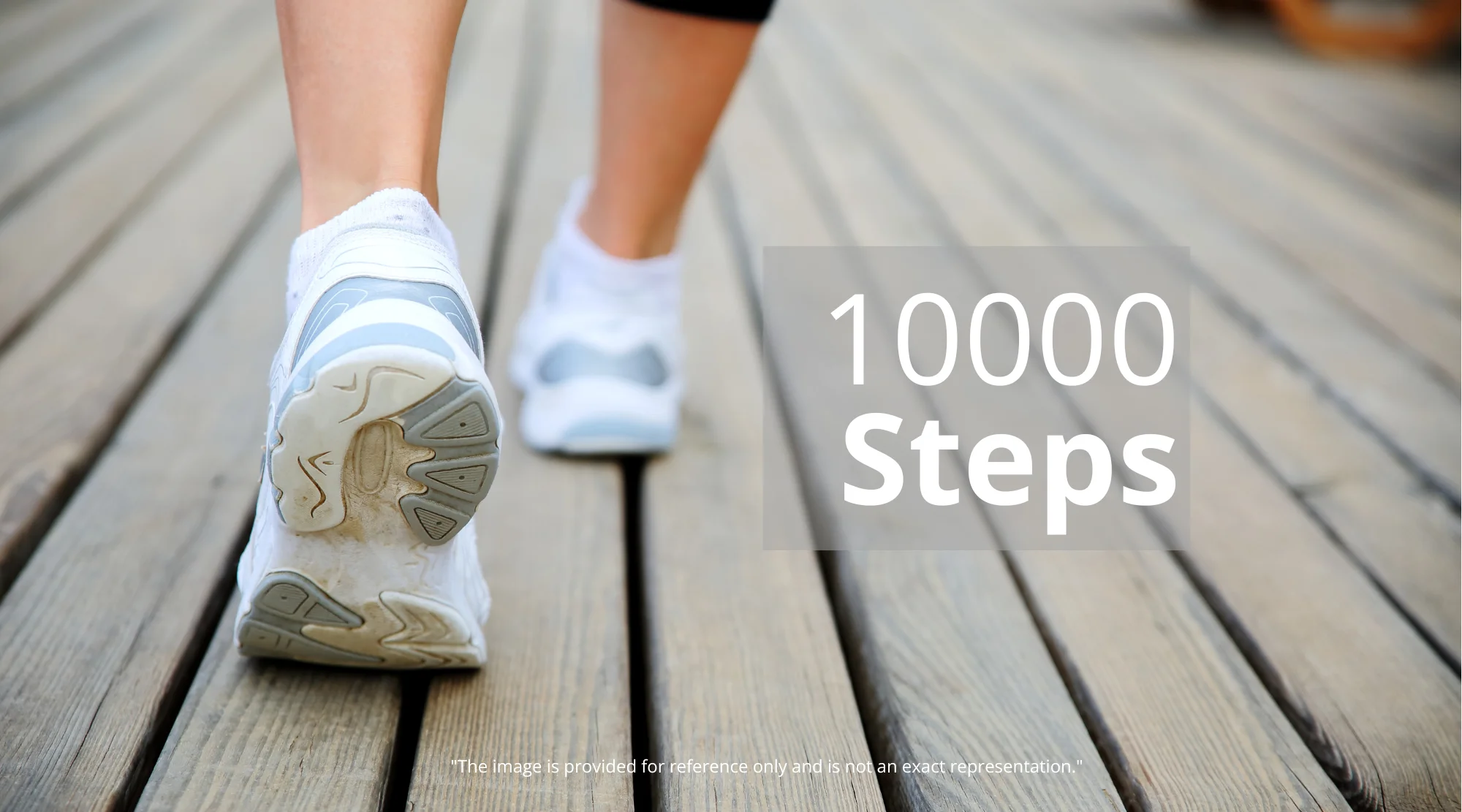The Silent Thief: Recognizing and Reversing Muscle Loss for a Stronger You
Have you noticed your clothes fitting a bit looser lately? Perhaps climbing stairs feels like a bigger challenge than it used to, or maybe your workouts aren’t yielding the same results. These subtle changes could be signals of something more significant than just aging or a busy schedule – muscle loss, also known as sarcopenia. This isn’t just a cosmetic concern; it’s a critical health issue that can impact your strength, metabolism, and overall quality of life.

Losing muscle mass is a gradual process, often unnoticed until its effects become apparent. It’s not just about appearances; muscle supports your mobility, aids in maintaining a healthy metabolism, and bolsters your overall health. But, the good news is that it can be addressed with the right strategies. This guide delves into the telltale signs of muscle loss, explores the reasons behind it, and provides actionable steps to regain and maintain your strength, helping you feel energized, and live life to the fullest.
Unmasking the Silent Threat: Spotting the Signs of Muscle Loss
Early detection is crucial for combating muscle loss. The earlier you recognize the warning signs, the faster you can take corrective action. Here are some key indicators:
Reduced Strength and Endurance
- Decreased Lifting Capacity: Are you struggling with weights that once felt manageable? A noticeable decline in your ability to lift, push, or pull is a primary sign.
- Weakened Grip Strength: Difficulty opening jars, carrying groceries, or shaking hands firmly can indicate a loss of muscle in your forearms and hands.
- Increased Fatigue: Do you feel tired more easily during your daily activities or workouts? Reduced muscle mass can lower your metabolic rate, leading to faster fatigue.
- Slower Recovery: Do you take longer to recover after exercising? Muscles help repair themselves after a workout; fewer muscles mean a longer repair time.
Physical Changes
- Decreased Muscle Size: Observe any changes in your muscle size. Note if your arms, legs, or shoulders appear less defined.
- Changes in Body Composition: Pay attention to changes in your body composition. You might notice an increase in body fat, even if your weight remains relatively stable.
- Loss of Balance and Mobility: Experiencing instability, tripping more often, or having difficulty with movements that once were easy, like getting up from a chair, are serious indicators.
Lifestyle and Dietary Factors
- Reduced Physical Activity: A sedentary lifestyle or a decrease in your exercise routine accelerates muscle loss.
- Poor Nutrition: A diet lacking sufficient protein, calories, and essential nutrients can starve your muscles.
- Age-Related Changes: As we age, our bodies naturally lose muscle mass, particularly after the age of 30. This process can be accelerated by other factors like poor nutrition and lack of exercise.
- Hormonal Shifts: Hormonal imbalances, such as declining testosterone levels in men and menopause in women, can contribute to muscle loss.
Why Muscle Matters: The Impact on Your Health
Muscle is more than just what gives your body shape. It plays a vital role in your overall health and wellbeing.
Metabolic Health
Muscle tissue is metabolically active, meaning it burns calories even at rest. Loss of muscle can slow your metabolism, making it easier to gain weight and harder to lose it. This can lead to insulin resistance, increasing your risk of type 2 diabetes. You can find some helpful information on metabolic health on this article: Chronic Disease Crisis: Why the U.S. Is Lagging Behind in Promoting Health.
Bone Health
Muscles support your skeletal system, and their contractions stimulate bone growth and density. Muscle loss can weaken bones, increasing the risk of osteoporosis and fractures.
Physical Function
Muscle loss can affect your ability to perform daily tasks, like walking, climbing stairs, or carrying groceries. This decline in physical function can significantly impact your independence and quality of life.
Overall Health
Muscle loss can increase your risk of chronic diseases, such as heart disease, and accelerate the aging process. Maintaining healthy muscle mass is associated with increased longevity.
Building Muscle: Effective Exercises and Lifestyle Adjustments
The good news is that muscle loss is often reversible with the right approach. Here’s how to rebuild and maintain your muscle mass:
Resistance Training
- Weightlifting: Incorporate weightlifting exercises that target all major muscle groups (legs, back, chest, shoulders, arms). You can begin with bodyweight exercises or start gradually with low weights.
- Resistance Bands: Resistance bands are a versatile and effective way to challenge your muscles and can be easily used at home or when traveling.
- Progressive Overload: Gradually increase the weight, resistance, or number of repetitions to continually challenge your muscles and promote growth.
- Frequency: Aim for at least two to three resistance training sessions per week, allowing for rest and recovery between sessions.
Cardiovascular Exercise
While resistance training is critical for building muscle, cardiovascular exercise offers numerous benefits, especially when combined with strength training.
- Mix It Up: Combine aerobic exercises like brisk walking, running, swimming, or cycling.
- High-Intensity Interval Training (HIIT): HIIT workouts involve short bursts of intense exercise followed by brief recovery periods, which can be very effective for building muscle and burning fat.
- Consistency is Key: Aim for at least 150 minutes of moderate-intensity aerobic activity or 75 minutes of vigorous-intensity activity per week.
Nutrition for Muscle Growth
A balanced diet rich in protein, carbohydrates, and healthy fats is essential for muscle growth and recovery.
- Protein Intake: Consume adequate protein to support muscle repair and growth. Aim for 0.8 to 1 gram of protein per pound of body weight. Sources include lean meats, poultry, fish, eggs, dairy products, beans, and lentils.
- Complex Carbohydrates: Incorporate complex carbohydrates like whole grains, fruits, and vegetables to fuel your workouts and replenish glycogen stores.
- Healthy Fats: Include healthy fats like avocados, nuts, and olive oil in your diet to support overall health and hormone production.
- Calorie Intake: Consume enough calories to support muscle growth, but avoid excessive calorie intake that can lead to weight gain.
Lifestyle Adjustments
- Prioritize Sleep: Get 7-9 hours of quality sleep each night to allow your muscles to recover and grow. Read this article about the importance of sleep: The Power of Sleep: Why Prioritizing Rest is Crucial for Your Health.
- Manage Stress: Chronic stress can impair muscle growth. Practice stress-reduction techniques like yoga, meditation, or deep breathing.
- Stay Hydrated: Drink plenty of water to support overall health and muscle function.
- Consider Supplements: Consult with a healthcare professional before taking supplements like creatine, which may aid muscle growth.
Additional Tips
- Stay Active: Even on rest days, incorporate light activities like walking or stretching to support overall health. You can find some inspiration here: Unleash Your Health: The Ultimate Guide to the Amazing Benefits of Outdoor Exercise.
- Listen to Your Body: Pay attention to your body’s signals and allow for rest and recovery when needed.
- Consult a Professional: Consider consulting with a fitness professional, registered dietitian, or healthcare provider for personalized guidance.
Preventing Muscle Loss: Proactive Strategies for Long-Term Strength
Maintaining muscle mass is a journey, not a destination. Incorporating these proactive strategies into your daily routine will ensure long-term strength and vitality.
Regular Check-ups
Regular health check-ups can help detect potential issues, such as hormonal imbalances, that could be contributing to muscle loss. Early detection allows for timely intervention.
Consistent Exercise
Make exercise a non-negotiable part of your lifestyle. Even a short, regular workout can make a huge difference. Find an exercise routine that you enjoy, and stick to it.
Mindful Eating
Pay attention to your diet. Make sure you’re getting adequate protein, calories, and nutrients to support muscle growth and overall health.
Stay Informed
Keep yourself informed about the latest research and trends related to muscle health and aging. This knowledge will empower you to make informed decisions.
Take Action Today
Muscle loss is a common issue, but it doesn’t have to define your future. By recognizing the signs, understanding the impacts, and implementing these strategies, you can regain and maintain your strength, energy, and vitality. Start with small changes: a few extra servings of protein, a brisk walk, or a resistance band workout. Every step you take will bring you closer to a stronger, healthier you. Take the first step today, and embrace a future filled with vitality and strength!














3 comments